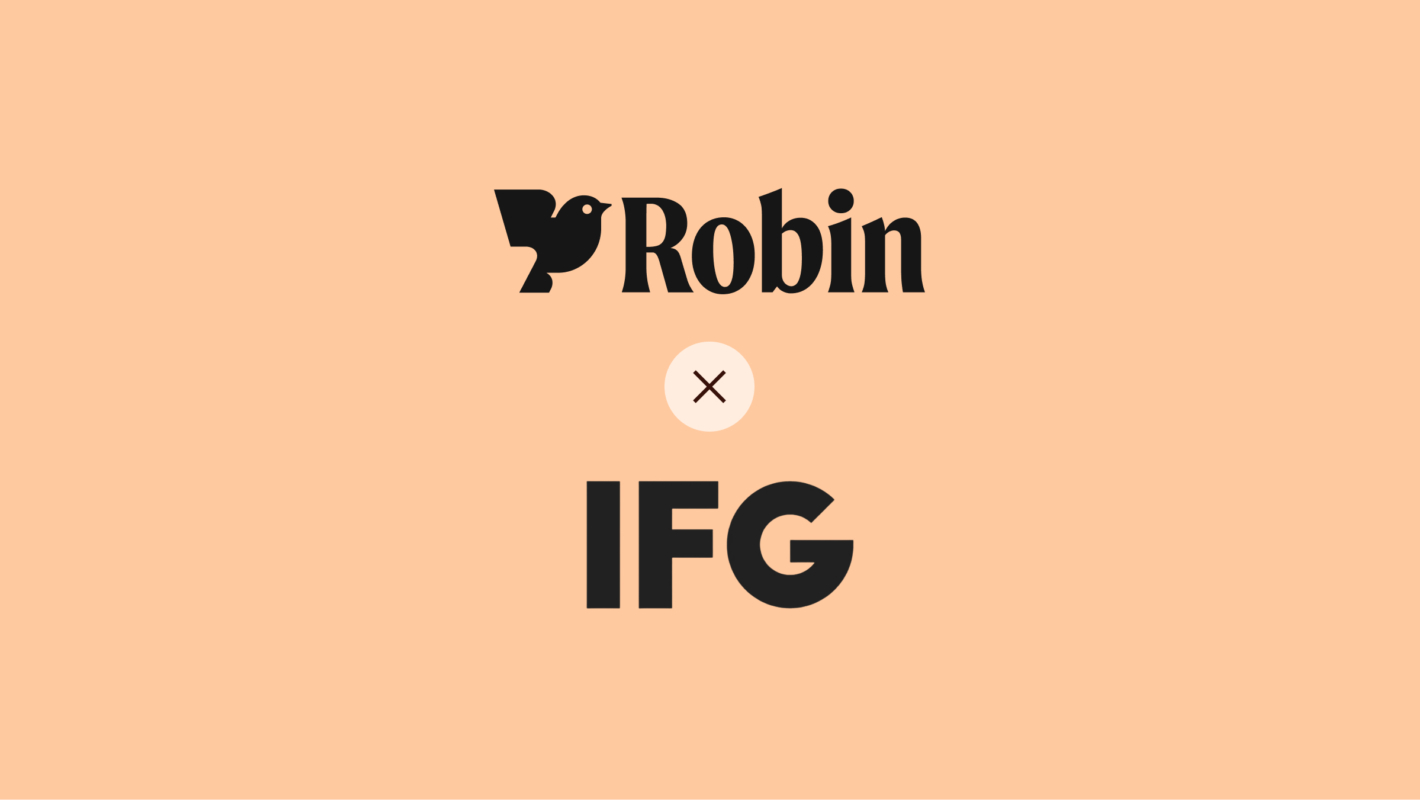Simplifying time-based obligations in PE
February 13, 2025

- General Partners (GPs) can make managing their time-based obligations to Limited Partners (LPs) much simpler using AI, as the administrative burden of keeping investors informed increases.
- After the strike down of PFAR, the Institutional Limited Partners Association (ILPA) has launched new templates for quarterly reporting and for performance to increase transparency between GPs and LPs.
- GPs using the ILPA templates will need to add details on offering/syndication costs, partner fees, and placement fees (although this won’t apply to legacy funds whose investment period ends before Jan 2026) from the start of 2026.
ILPA has released an updated Reporting Template and a new Performance Template aimed at improving standardization and transparency in private markets. The updates seek to create greater alignment between Limited Partners (LPs) and General Partners (GPs) by refining reporting practices and enhancing clarity in fund performance metrics.
Increased transparency would make it easier for LPs to negotiate fund terms and to understand the costs associated with investing in a fund. For GPs, using the templates should reduce the volume of requests they receive for this information. Fund administrators and other service providers can use the framework the templates offer to automate providing the data and therefore increasing efficiency and more in-depth analysis.
Private capital is by its nature relatively opaque, but there is a long-term shift towards increased transparency and more granular, time-based reporting. Time-based obligations are contractual requirements that GPs must fulfil on specific dates, including regulatory filings and performance reporting to LPs. The new and revised templates will offer more insight into fees, expenses, and performance calculations. LPs can negotiate for GPs to use ILPA’s quarterly reporting templates.
The new and updated templates
Key changes in the updated Reporting Template include:
- Separating internal chargebacks to clearly distinguish expenses allocated or paid to GPs or related parties.
- Enhancing the granularity of external Partnership Expenses to better align with general ledgers.
- Establishing a standardized level of detail for all GPs, ensuring greater consistency with the reporting framework outlined in governing documents and accounting standards.
Meanwhile, the newly introduced Performance Template standardizes key performance indicators such as Internal Rate of Return (IRR) and Total Value to Paid-In (TVPI) multiples, providing a clearer assessment of fund performance for LPs.
Strike down of the PFAR
The new templates cover much of what would have fallen under the Private Fund Adviser Rules (PFAR). ILPA supported the US Securities and Exchange Commission (SEC)’s PFAR, but it was vacated in full by the U.S. Appellate Court for the Fifth Circuit in June 2024.
The PFAR would have required private fund advisers to provide LPs with quarterly statements on fund fees, expenses, and performance. On top of that, it would also have prohibited GPs from offering preferential redemptions treatment and special access to portfolio holdings for certain LPs.
GPs had criticized the PFAR, which would have increased their administrative burden, but ILPA’s CEO Jennifer Choi warned that striking down PFAR would mean LPs continue to have little insight into fees and expenses charged to them, leaves LPs struggling to negotiate terms ‘that should be common sense’.
Preqin reports that 41% of investors believe fund terms changed in favor of LPs in 2024. In comparison, 11% of investors reported terms changing in favor of GPs.
How Robin AI helps
Robin AI’s legal assistant works with both structured and unstructured data, with performance improving if standardized forms are available.
For GPs, ILPA’s standardized framework simplifies reporting requirements and promotes consistency across disclosures, facilitating more efficient communication with investors.
With side letters becoming longer and more complex over the past decade, managing their execution was becoming a more time-consuming task for GPs, until the arrival of AI tools.
Legal AI tools can bridge the gap between stretched legal teams and increased reporting requirements, as more requirements are added, such as quarterly reporting.
AI can ensure GPs remain compliant and reduce their admin burden, saving them time, by creating the audit trail necessary to fulfil time-based obligations.
This content is for informational purposes only and does not constitute investment advice.

